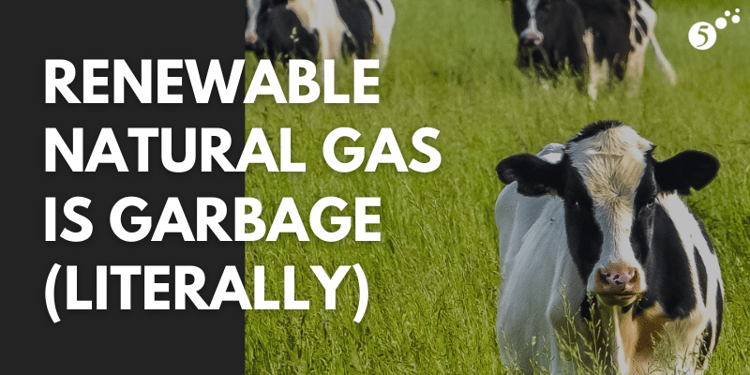
Natural gas, also commonly referred to by its chemical name, methane, is one of the single most controversial topics of the energy transition so far. On the one hand, natural gas is an energy commodity that is far cleaner than coal as a feedstock for power generation and it is a fuel for which there is no alternative in terms of its load-following characteristics. It can be dispatched on very short notice, ramp up and down quickly and easily, and can stay on-line for days on end, as long as the gas delivery network is functional (which, as we learned in Texas in February 2021, is not always the case).
On the other hand, natural gas is a fossil fuel. It is mined from deep underground, sometimes using controversial extraction techniques like hydraulic fracturing. Furthermore, it is transported long distances to reach its point of consumption and some of the original supply is lost during transport. These losses end up in the atmosphere in the form of greenhouse gas emissions, and methane is a more potent greenhouse gas than carbon dioxide in the short term[1]. It should be no surprise, then, that several cities in the United States (from Berkley, CA to NYC) have banned new natural gas hookups.
In energy, nothing is ever black and white and there are no silver bullets. Is methane good or is it bad? The answer is just not that simple. Our country needs both energy alternatives to natural gas as well as solutions to reduce the greenhouse gas emissions associated with its production.
In terms of alternatives to natural gas, the primary choice right now is electricity. You may have heard of a movement to “electrify everything”. For decades, natural gas has been the go-to fuel to provide heat for our homes and businesses. Now that is beginning to change, and electricity is being considered as a heating alternative, with heat pumps replacing boilers. Many believe that “green” hydrogen could also play an important role as an alternative to natural gas in some applications, but this is likely at least 10 years or more into the future.
In the short term, we are left asking “how do we clean up the production and consumption of natural gas?” Technology certainly plays a role. Satellites now scour the globe looking for menacing methane “plumes” that can create a tremendous amount of airborne pollution in a short amount of time. Many of these plumes can be traced back to natural gas-producing areas like West Texas and Russia or to pipeline routes[2].
Just like electricity, there are ways to produce natural gas using renewable resources. Natural gas produced from these sources is referred to as Renewable Natural Gas (RNG). And, just like carbon, methane is not only a commodity we can mine from deep underground, but it is also something we produce as a natural byproduct in the creation of something else aboveground. Specifically, RNG can be sourced from anywhere with decomposing waste, such as livestock operations, landfills, and wastewater treatment facilities. In fact, many facilities are already producing methane and venting it into the atmosphere. By capturing this methane, injecting it into the existing natural gas pipeline system, and using it as a feedstock in our energy economy, these gas molecules replace methane that otherwise must be mined from deep underground. This feature of RNG comes with lots of environmental and economic development benefits that have yet to be fully understood and quantified. Converting ranchers and municipal landfill operators into energy market participants will take time.
As a relatively new source of natural gas, RNG production has seen manure-based capacity increase by 14% over the last year, according to BloombergNEF[3]. We are in the very stages of RNG as a material form of energy given the requirements of our modern society.
Transportation, logistics, and costs seem to be the biggest hurdles that remain for RNG to go mainstream. It is not economically feasible to build pipelines to physically connect every landfill to the existing gas grid. It is also not environmentally feasible to truck RNG from farms to cities for the gas to be used. The carbon footprint associated with transportation would outweigh the reduced methane footprint achieved by such a setup.
This is where innovation in the financial markets is critical to the continued growth and success of RNG. Rather than delivering molecules of RNG from farms to cities, in pipelines, or in trucks, credits exist to facilitate these transactions “virtually”. Not unlike renewable energy on a power grid, RNG cannot be distinguished from fossil fuel in the gas pipeline. RNG certificates (also known as green gas certificates or RNG credits) therefore serve as proof that the gas originated from renewable or biogenic sources[4].
These financial markets are not without their own risks and issues, but they will play a major role in scaling the potential for RNG to grow in the future.
[2] https://www.bloomberg.com/news/articles/2021-09-02/methane-plumes-detected-near-energy-transfer-s-natural-gas-pipeline?sref=XzKnAj0b
[4] https://3degreesinc.com/resources/renewable-natural-gas/


